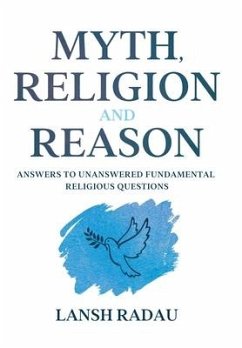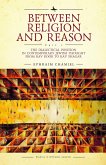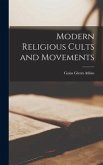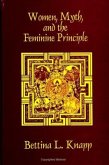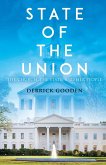While religions are age-old, some questions related to them are equally ancient. These questions are as relevant today as in times past: questions, such as why Jesus is considered to be the Messiah, the Son of God and an integral part of the Trinity; why Muslims offer their most important prayer on Friday at noon; why the concept of an all-powerful creator God is so central to Abrahamic religions, such as Christianity and Islam, while it is either absent or mutely alluded to in Indic religions, such as Jainism and Buddhism. The book offers rational, logical and reason-based answers to these and many other fundamental religion-affiliated questions. In answering those questions, many of the deeply-entrenched, underlying religious myths are not only reviewed and examined, but also the reasons and circumstances that gave rise to them have been investigated analytically. It is postulated that religious myths are, in large part, the cause of the friction and discord between various religious groups, and as such, demystifying of those myths, and an understanding of the relevance of those myths in times past, but their irrelevance in current times, should bridge the gap between various religious groups and abate inter-religious group hostilities. The dialectics of terrorism has been investigated in the book and a prescription of how to curtail the hostilities between Christians and Muslims, has been suggested. The chronologically ordered book is divided into three parts: Part I: Pre-Christian Era, chapters 1-4; Part II: Lifetime of Jesus Epoch, chapters 5-7; and Part III: Post-Jesus to Modern Era, chapters 8 and 9. Though ideally the book chapters should be read in sequence, nevertheless, all chapters qualify for being classified as stand-alone chapters, that is, reading the book chapters in any order would not deter the reader from losing the underlying theme and philosophy of the book. The following is a synopsis of a couple of the book chapters: Chapter 5: The Greatest Doctor: The four surviving gospels give narration of Jesus's exceptional and miraculous healing abilities for various ailments. This chapter examines how Jesus might have found wondrous cures to some of those maladies, and based on the far-advanced-for-the-time antidotes that he used, the point is made that he might have been one of the greatest practicing physicians in history. Furthermore, it is argued that those cures did seem so magical to the people of the time that they interpreted them to be of divine origin. Thus, not only did they confer on Jesus the mythical appellation "Son of God," but also they envisioned that he was capable of accomplishing other implausible acts, such as the ability to walk on water, miraculously feeding the five thousand, etc. Chapter 9: Clash of Two Great Generals: In terms of the number of adherents, Christianity and Islam are the two most important religions of the world. Followers of these two religions had forged out mostly a collisional course through history, be it the crusades in the past or the hostility demonstrated in current times. Starting with an examination of the similarities and dissimilarities between these two religious faiths, this long chapter explores the root causes of that strife and how that conflict could be alleviated.

